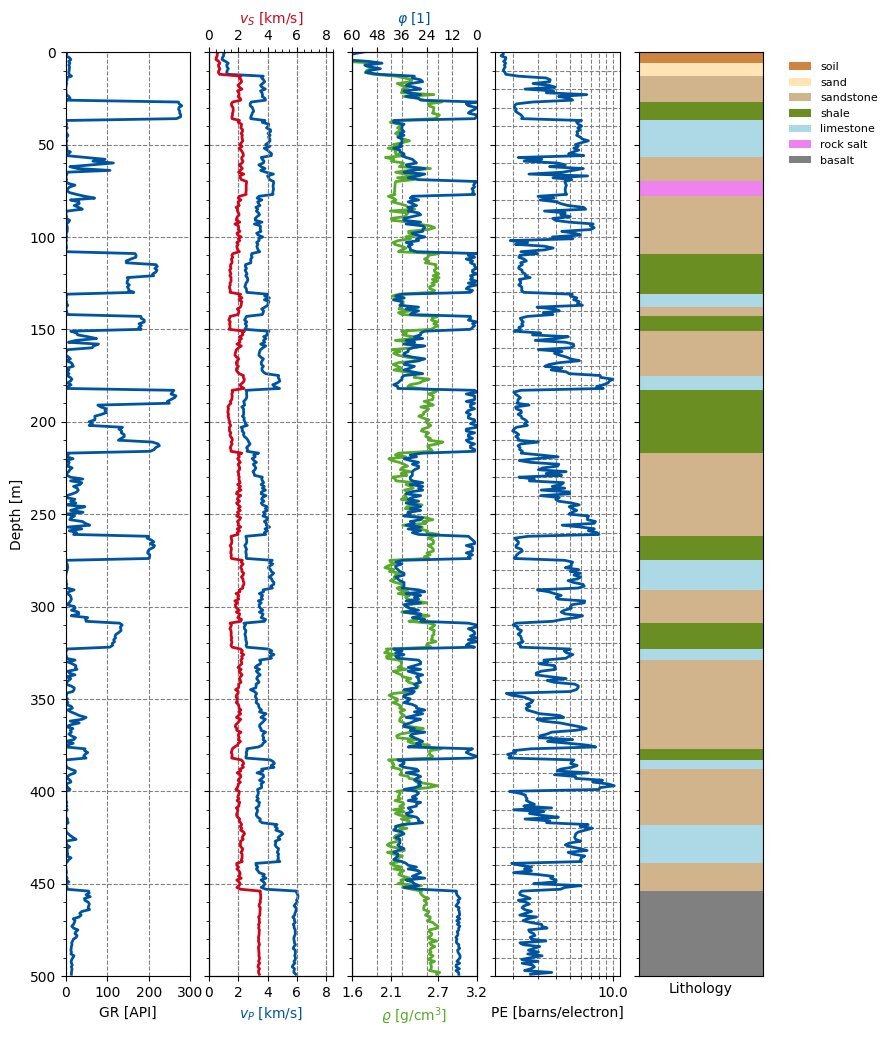Here’s a selection of newsworthy things over the past week.
Nice to see you. Can you help me? — New to the Slack? Here’s a friendly post that if you do in fact introduce yourself like Elvis did stating some of your interests and ambitions, the first connections may come from other people reaching out to you with their technical questions. How cool is that?
Real-time coding collaboration — Ever wondered if there are platforms where you and your chums could collaborate in real-time on your code? Check out the handful of options that came up in this post.
Rendezvous for the hackathon — The next Rendezvous is on Wednesday (not the usual Friday), 7 April at 4 pm UTC. This one is a bit different because it will be a group chat about the projects happening at the upcoming TRANSFORM hackathon. So if you have something in mind, this is your chance to pitch it. Better yet, start a discussion in Slack right now!
Kudos and logos and merch — Doing a shoutout to Software Underground in some graphical format such as a presentation, video, or poster? Make sure your acknowledgements look crisp with the official logos. And while representing, colour coordinate your video calls with a coffee mug, T-shirt, or stickers from the shop.
Shear advisory — A bit of rock physics in the #machinelearning channel as Mads asked for help predicting a shear sonic log. This is a classic seismic geophysics workflow because shear sonic is seldom acquired but allows rock physicists to get into elastic properties.






